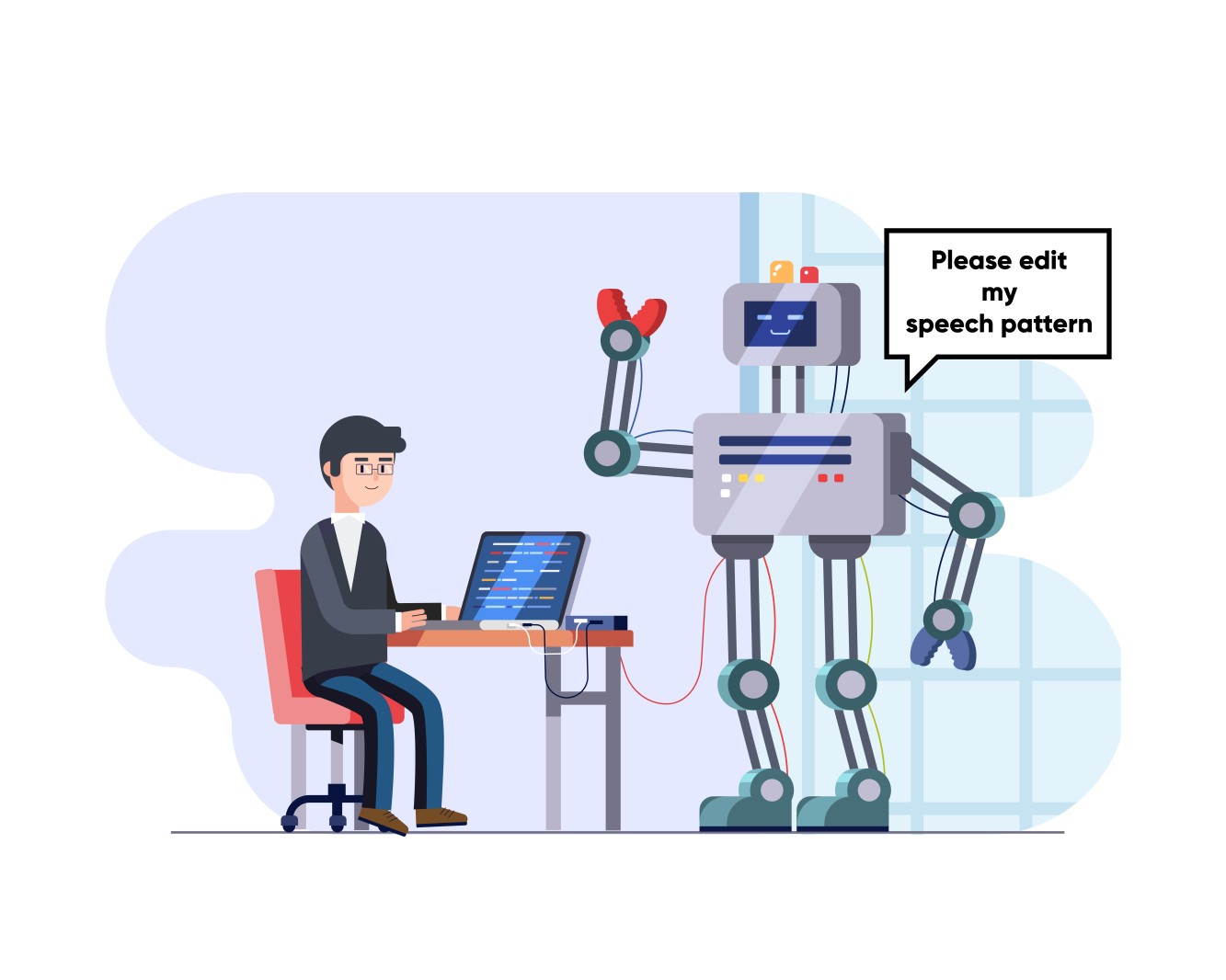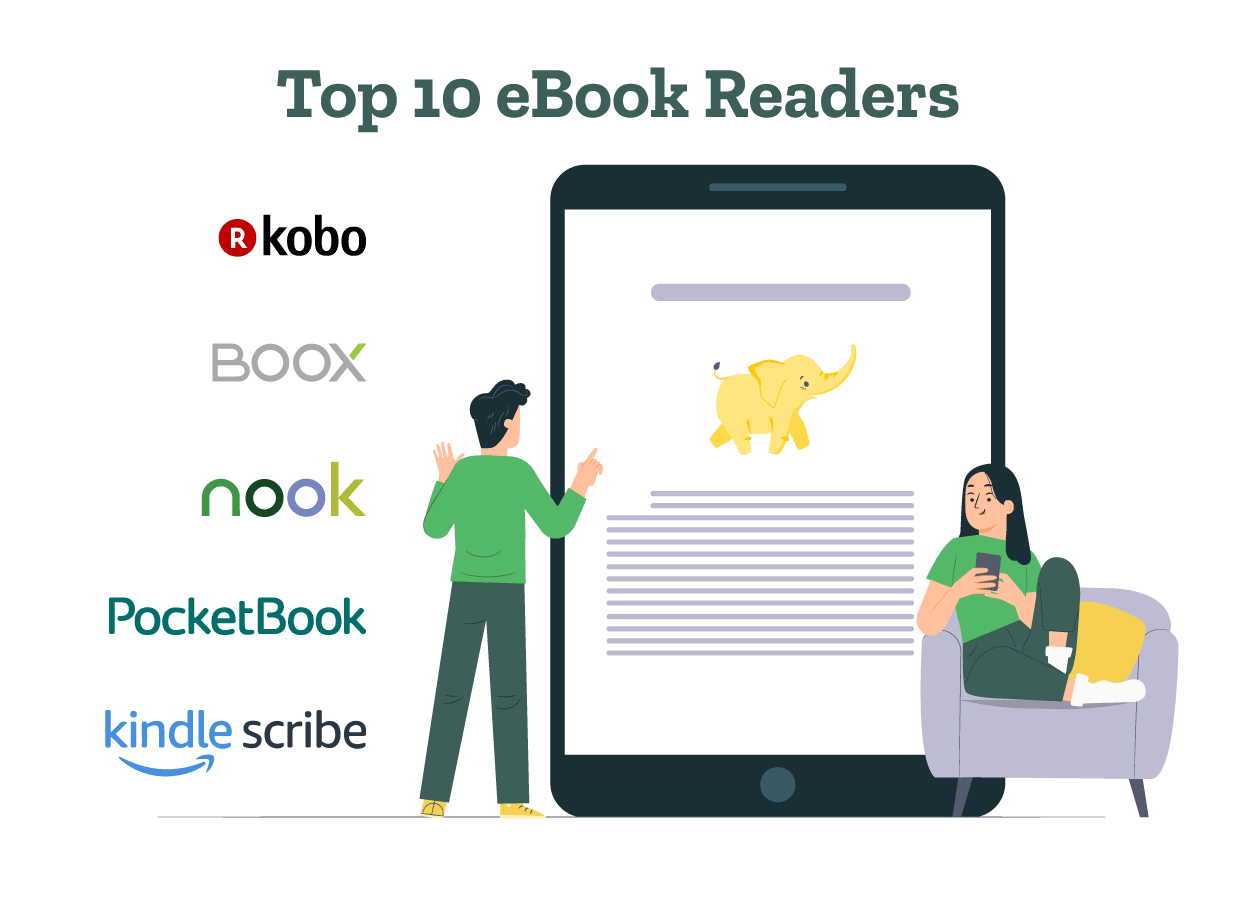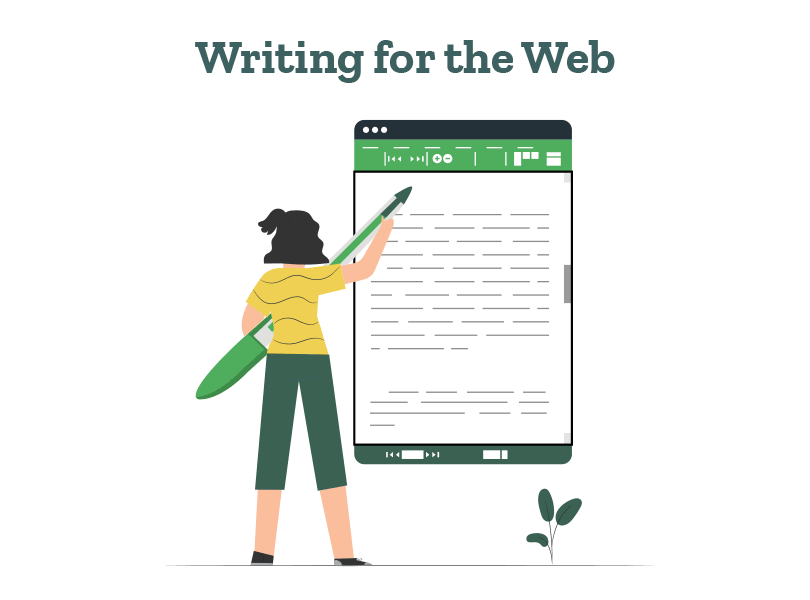Still have questions? Leave a comment

Checklist: Dissertation Proposal
Enter your email id to get the downloadable right in your inbox!
[contact-form-7 id="12425" title="Checklist: Dissertation Proposal"]
Examples: Edited Papers
Enter your email id to get the downloadable right in your inbox!
[contact-form-7 id="12426" title="Examples: Edited Papers"]Need
Editing and
Proofreading Services?

What Is Line Editing? Examples & How to Hire a Line Editor
Jul 11, 2024
7 min read
- Tags: Editing, Editing Services, General, Proofreading
Line editing stands out as one of the most crucial stages in this editing process. It transforms raw manuscripts into polished texts.
This comprehensive guide delves deep into what line editing is and provides practical examples and rates. It also offers insights on how line editing is done and how to select top-notch line editing services!
Let’s get to know what is line editing with an easy line editing definition.
What is line editing?
Line editing is the process of enhancing the style, clarity, tone, and readability of a text. It aims to clarify meaning, eliminate jargon, and polish diction without altering the author’s intended voice. A line editor focuses on the way the language engages, persuades, and entertains.
Line editing scrutinizes each sentence and paragraph, ensuring they flow logically. This form of editing addresses the artistry of writing, refining word choice and sentence structure.
Line editing examples
To better understand the concept, let’s look at some line editing examples with a before and after:
Line editing example 1
Before line editing:
“The protagonist exhibited very unusual behavior, which was exceedingly strange and peculiar.”
After line editing:
“The protagonist’s behavior was bizarre.”
This example shows how line editing streamlines the text, enhancing clarity and impact by removing redundancy and improving word choice.
Line editing example 2
Before line editing:
“Despite the fact that she was tired, she decided that she would not go to bed, and instead she would stay up late watching old movies.”
After line editing:
“Although exhausted, she chose to stay up late watching old movies.”
This example shows how line editing refines and simplifies the sentence. It improves its readability and emotional impact while maintaining the original intent.
We now know what line editing means, but how is it done? Let’s have a look.
How to do line editing: Step-by-step guide
1. Review the manuscript
The editor reads the manuscript without making any changes, focusing on the story, structure, and style. This initial read-through allows the editor to immerse themselves in the author’s world and understand the intended audience and message.
Authors:
- Communicate any particular issues you’re worried about, such as character development, plot coherence, or thematic consistency.
- Let your editor know if there are specific parts of the manuscript you want them to pay extra attention to, like the climax, dialogue authenticity, or pacing in certain chapters.
Editors:
- Jot down your first thoughts and reactions as you read. These can be valuable for understanding the overall impact of the piece.
- Keep an eye out for any clear contradictions or errors in the story, such as character actions that don’t align with their established traits or plot points that don’t add up.
- Note sections where the story slows down too much or where explanations feel excessive. These areas may need tightening to maintain reader interest.
2. Line-by-line analysis
The editor examines each line of the manuscript. They look for opportunities to enhance word choice, tighten phrasing, and ensure clarity and tone are consistent with the author’s intent. This includes looking at syntax, eliminating redundancy, and improving rhythm and flow.
Authors:
- Be receptive to the edits and ready to discuss any adjustments that could change your original meaning or style.
Editors:
- Utilize the feature to “track changes” on MS Word and Google Docs or a similar editing tool to make sure every modification is clear and can be reviewed.
3. Feedback loop
The editor provides detailed comments and suggestions alongside the edits. This might include explanations for major changes, queries about unclear text, or suggestions for further revisions by the author.
Authors:
- Take the time to understand the editor’s suggestions fully before reacting.
- If any feedback is unclear, don’t hesitate to ask the editor for more details.
- If you disagree with some feedback, discuss it with the editor and explain your perspective.
Editors:
- Avoid technical jargon and explain your suggestions in plain, understandable terms.
- Point out exact sections that need improvement and explain why.
- Start with what the author did well before offering suggestions for improvement.
- Show how a sentence or paragraph can be rephrased for clarity.
4. Revisions
The manuscript often goes back and forth between the author and the editor. This stage may involve several rounds of editing, focusing on resolving queries raised by the editor and refining any sections that need more work.
Authors:
- Maintain open and clear communication.
- Address each query from the editor thoroughly. If a query requires more discussion, consider setting up a meeting or call to resolve it effectively.
- Save different versions of the manuscript at each stage to ensure you can always revert to a previous version if needed. You can save them in different formats like Doc, Txt., PDF, etc.
Editors:
- Create a system for organizing feedback, such as categorizing comments by type (e.g., grammar, structure, content).
- Use management tools like Trello, Atlassian, etc. to make things more systematic.
- Agree on deadlines for each round of revisions to keep the process on track.
5. Final review
The editor conducts a final thorough review of the manuscript to ensure that all edits have been properly incorporated. They make sure that no new issues have been introduced during the revisions. This includes a final check for minor typos, punctuation, grammar errors, and consistency in style and formatting.
Authors:
- Reviewing a physical copy can make it easier to notice typos and formatting issues that might be missed on a screen.
- Reading the text aloud can help you catch awkward phrasing, run-on sentences, and other issues that affect readability.
- If possible, have another person review the manuscript. A fresh pair of eyes can catch errors you might have missed.
Editors:
- Create a checklist of common issues to look for, such as typos, punctuation errors, consistent use of font and style, and proper citation format.
- Use spell checkers, punctuation checkers, and grammar checkers to catch minor errors, but don’t rely solely on them. A manual review is essential.
- Cross-reference the edited manuscript with the original version to ensure all suggested changes have been correctly incorporated.
- Ensure consistent use of terminology, capitalization, citations, and formatting throughout the document.
Line editing rates
Typically, line editors charge anywhere from $0.02 to $0.10 per word. Some may offer hourly rates ranging from $30 to $60. Line editing rates can vary widely based on the editor’s experience, the manuscript’s length, and the complexity of the subject matter. Authors need to request detailed quotes and understand what services are included in these rates.
Top 3 line editing services
1. PaperTrue
PaperTrue is renowned for its personalized editing approach and expertise across various genres. They ensure your manuscript is not only free of errors but also engaging for your target audience.
Pricing: The pricing for editing a 1000-word text in 24 hours is US$42.
2. Scribendi
Scribendi is celebrated for its rapid turnaround times, making it ideal for authors who are on tight deadlines. Services include manuscript editing, academic editing, business editing, and more.
Pricing: The pricing for editing a 1000-word text in 24 hours is US$42.
3. ProofreadingPal
Known for its two-editor system, ProofreadingPal offers a unique approach where two sets of expert eyes review your manuscript, ensuring a thorough edit. They provide a variety of turnaround times, from quick 6-hour edits to more economical 72-hour options.
Pricing: The pricing for editing a 1000-word text in 24 hours is US$41.80.
When to use line editing
Here are key points when line editing is most appropriate:
- After finishing your manuscript: Once you’ve completed writing and done some self-revision, line editing should come next before moving on to copy editing or proofreading.
- Post-developmental editing: If you’ve made structural changes with developmental editing, follow up with line editing to improve language and readability.
- Before copy editing: Line editing should happen before copy editing. This ensures the style and flow are polished before focusing on grammar and punctuation.
- Preparing for publication: Before submitting to publishers or self-publishing, a line edit can make your writing more professional and engaging.
- Feedback on style issues: If feedback highlights problems with pacing, tone, or clarity, line editing can effectively address these issues.
- Enhancing voice and tone: Use line editing to ensure a consistent voice and refine the tone to better suit your audience.
- For non-native English writers: Authors writing in English as a second language can benefit from line editing to use idioms, slang, and colloquialisms correctly.
- Improving readability and engagement: If your manuscript is dense or hard to read, line editing can help improve flow and make it more engaging.
- Transitioning between genres: When writing in a new genre, line editing can adjust the style and tone to fit genre conventions and reader expectations.
- For scripts and screenplays: In scriptwriting, line editing can sharpen dialogue, improve scene descriptions, and ensure the screenplay reads smoothly.
How to select and hire a line editor
1. Define your needs
- Assess the stage of your manuscript: Determine whether it needs basic proofreading, comprehensive line editing, or perhaps a developmental edit before line edits.
- Identify key aspects: Consider aspects such as clarity, style, voice, and consistency that you want the editor to focus on.
2. Research and assess potential editors
- Search platforms: Use platforms like Reedsy, Upwork, or professional networks like LinkedIn to find editors.
- Check genre experience: Look for editors who specialize in your genre. This is crucial as they will have a better sense of market trends and reader expectations.
- Read reviews and testimonials: These can provide insights into the editor’s reliability and quality of work. You can get help from review websites like Trustpilot, Sitejabber, etc.
- Ask for samples: Request sample edits to assess how they edit and whether their style complements your writing.
3. Communicate clearly
- Initial consultation: Discuss your project in detail, including your goals, the audience, and what you hope to achieve with the editing. Prepare a list of questions to ask during your initial discussions.
- Clarify scope of work: Make sure both parties are clear about what the editing service will entail and what will be delivered.
- Discuss timeline: Ensure your schedules align and that the editor can meet your publishing deadlines. You can ask questions like, “How frequently will the feedback be given?”, “Feedback will be given in person or through some online tools?”, etc.
4. Budget appropriately
- Understand pricing models: Editors may charge by the word, by the page, or by the hour. Understand these models to predict the potential cost accurately.
- Request detailed quotes: Ask for an itemized quote that explains what each charge covers. If budget is a concern, consider negotiating a payment plan or prioritizing key sections of your manuscript for editing.
- Consider the return on investment: Remember that a skilled editor adds considerable value to your work, potentially increasing your book’s success.
5. Finalize the agreement
- Draft a contract: Include details such as confidentiality, deadlines, payment terms, and the scope of editing work.
- Review terms: Ensure both parties agree on how revisions and feedback will be handled. If possible, have a legal professional review the agreement, especially if it involves large sums or sensitive material.
Line editing vs. copy editing
The difference between copy editing and line editing is that line editing focuses on improving the overall flow, structure, and language while copy editing is about fixing smaller details like grammar, spelling, citations, and punctuation.
Line editing example:
Changing “He was very happy because the weather was really good” to “He was elated by the beautiful weather.”
Copy editing example:
Correcting “Their going to the park with there friends” to “They’re going to the park with their friends.”
Line editing vs. proofreading
The difference between line editing and proofreading is that line editing focuses on creative content, writing style, and reader engagement while proofreading identifies typographical errors, misspellings, grammatical mistakes, and issues with page layout or typeset.
Line editing example:
Changing “The presentation was boring and many people were not paying attention.” to “The dull presentation left many people disengaged.”
Proofreading example:
Spotting and correcting “teh” to “the,” or ensuring all headings are consistently formatted.
Line editing vs. developmental editing
The difference between line editing and developmental editing is that line editing focuses on polishing sentences, enhancing vocabulary, and correcting phrasing, while developmental editing addresses bigger-picture issues such as plot holes in fiction, argument strengths in non-fiction, character development, pacing, and overall content organization.
Line editing example:
Changing “They decided to take a short trip to the mountains for a few days.” to “They planned a brief getaway to the mountains for a few days.”
Developmental editing example:
Suggesting an author rework a novel’s climax to enhance suspense or advising an expansion on a chapter that feels lacking in detail.
Line editing requires a deep understanding of language and a keen eye for detail, traits that seasoned editors bring to the table. By investing in professional editing and proofreading services like those offered by PaperTrue, you ensure that your work is not only error-free but also compelling and memorable!
Read more editing-related articles below:
Frequently Asked Questions






